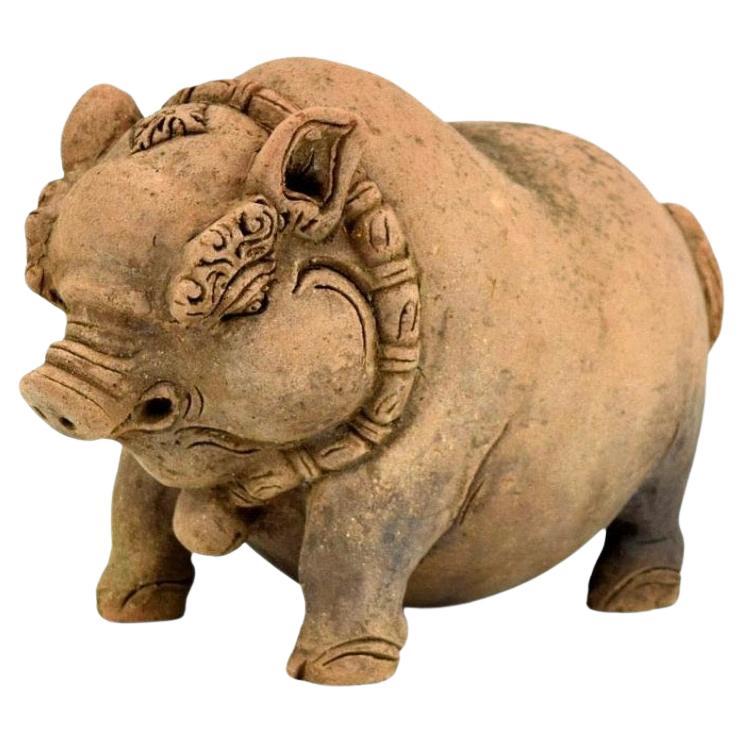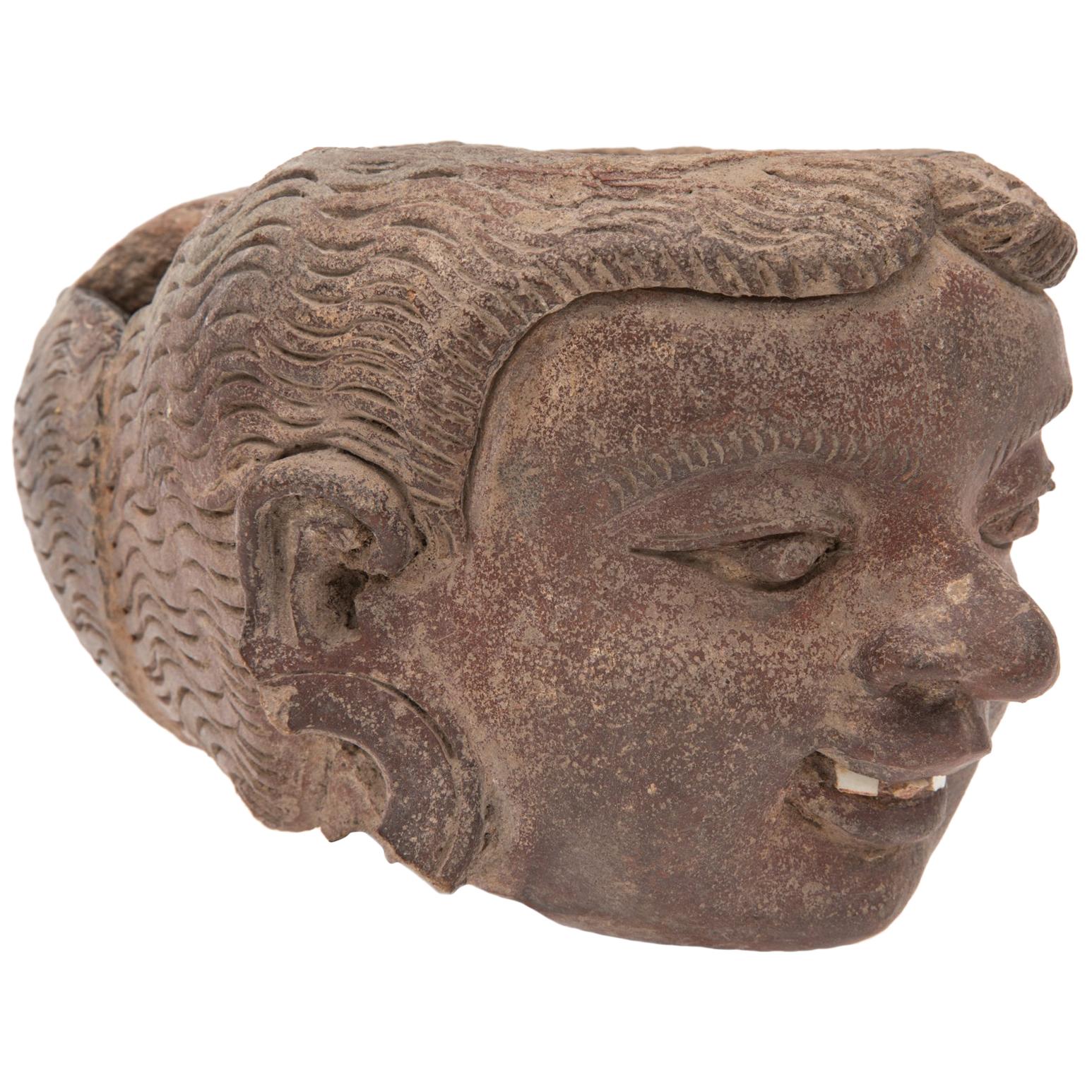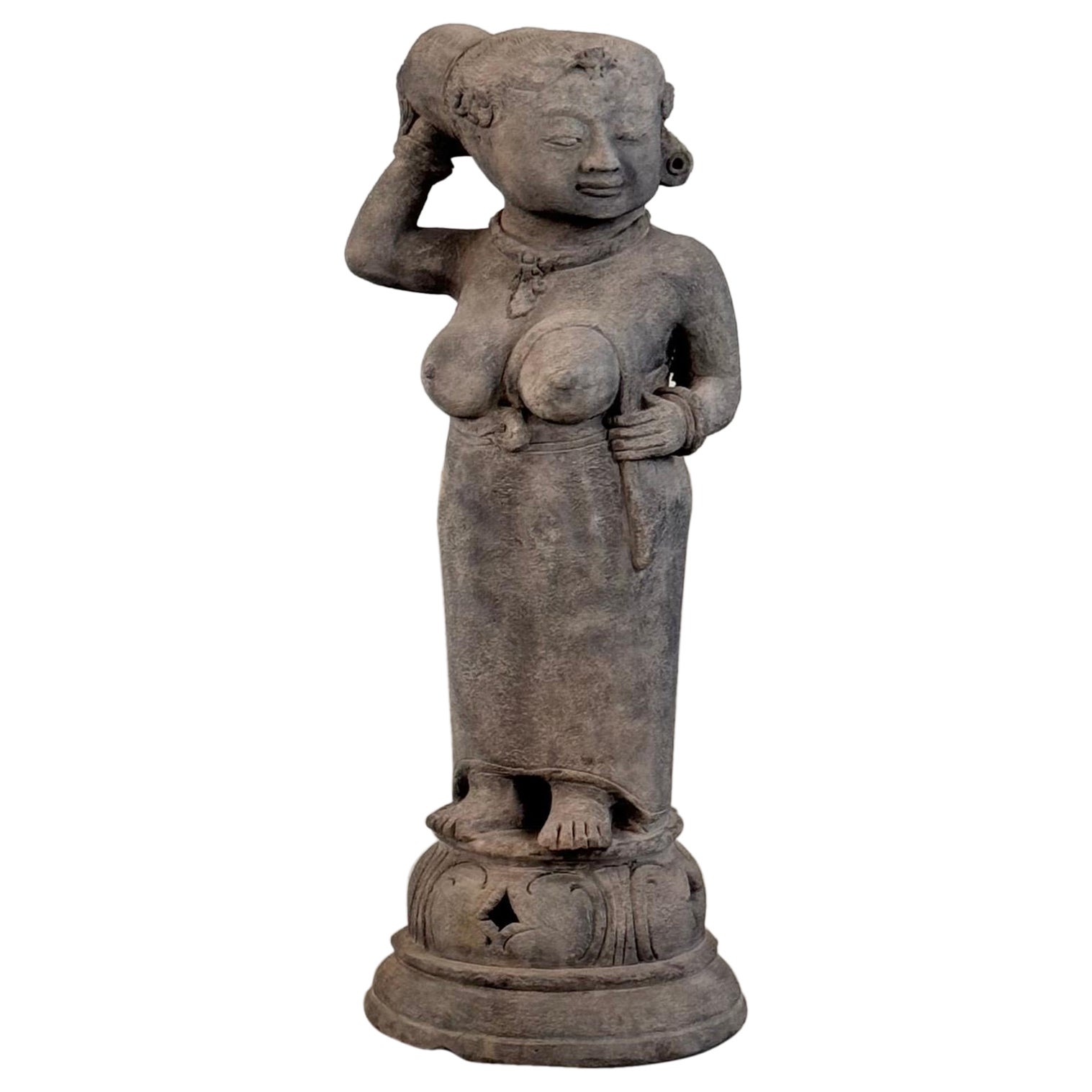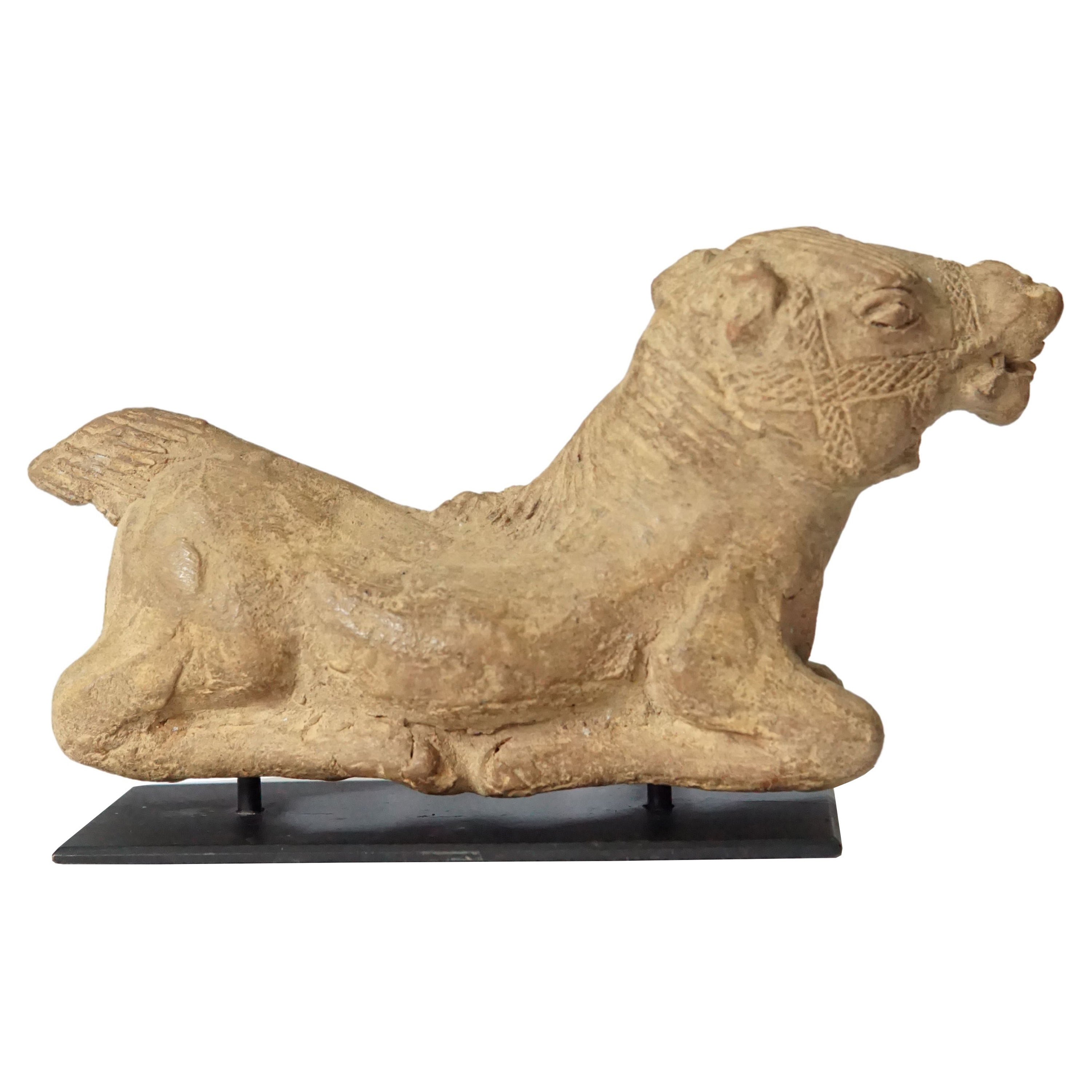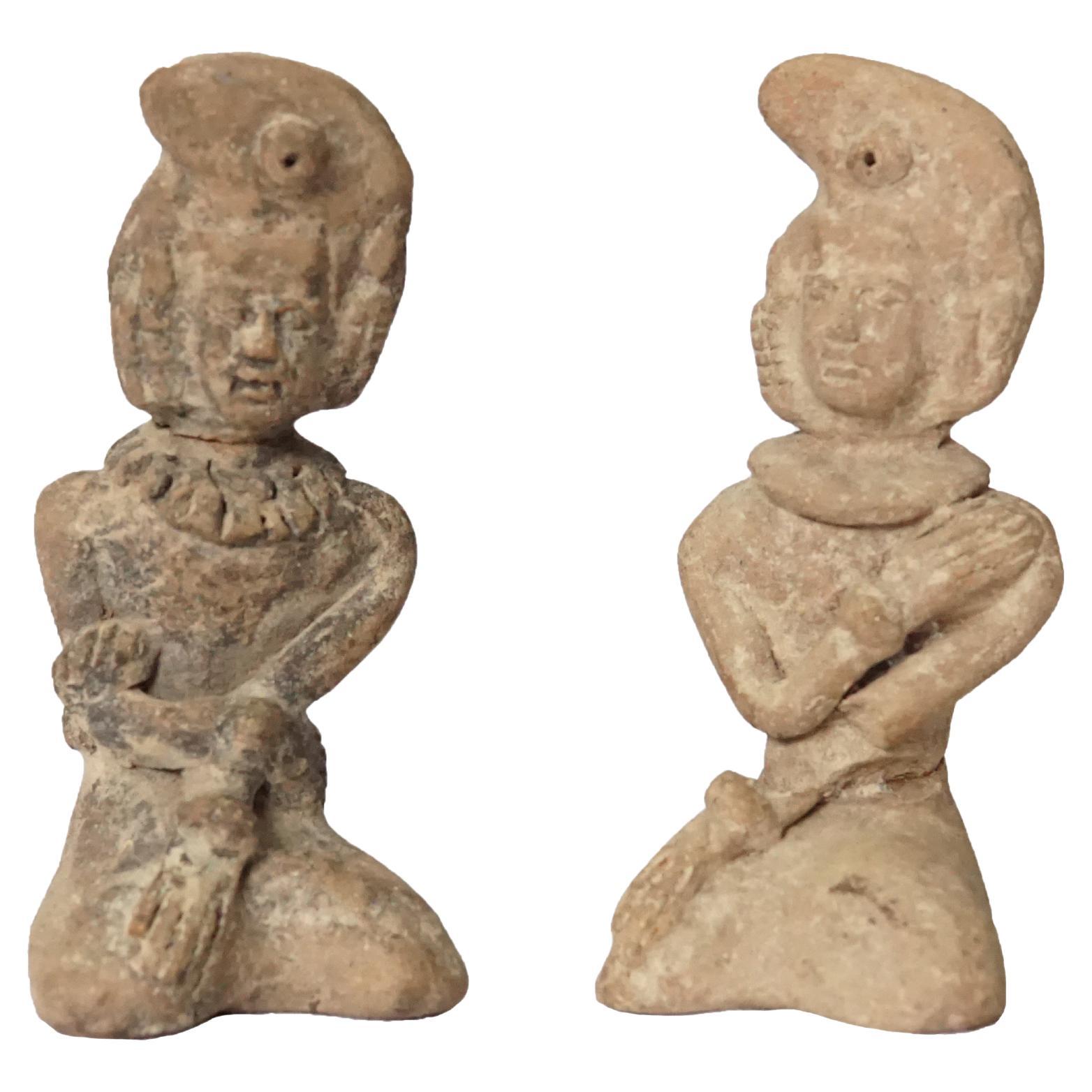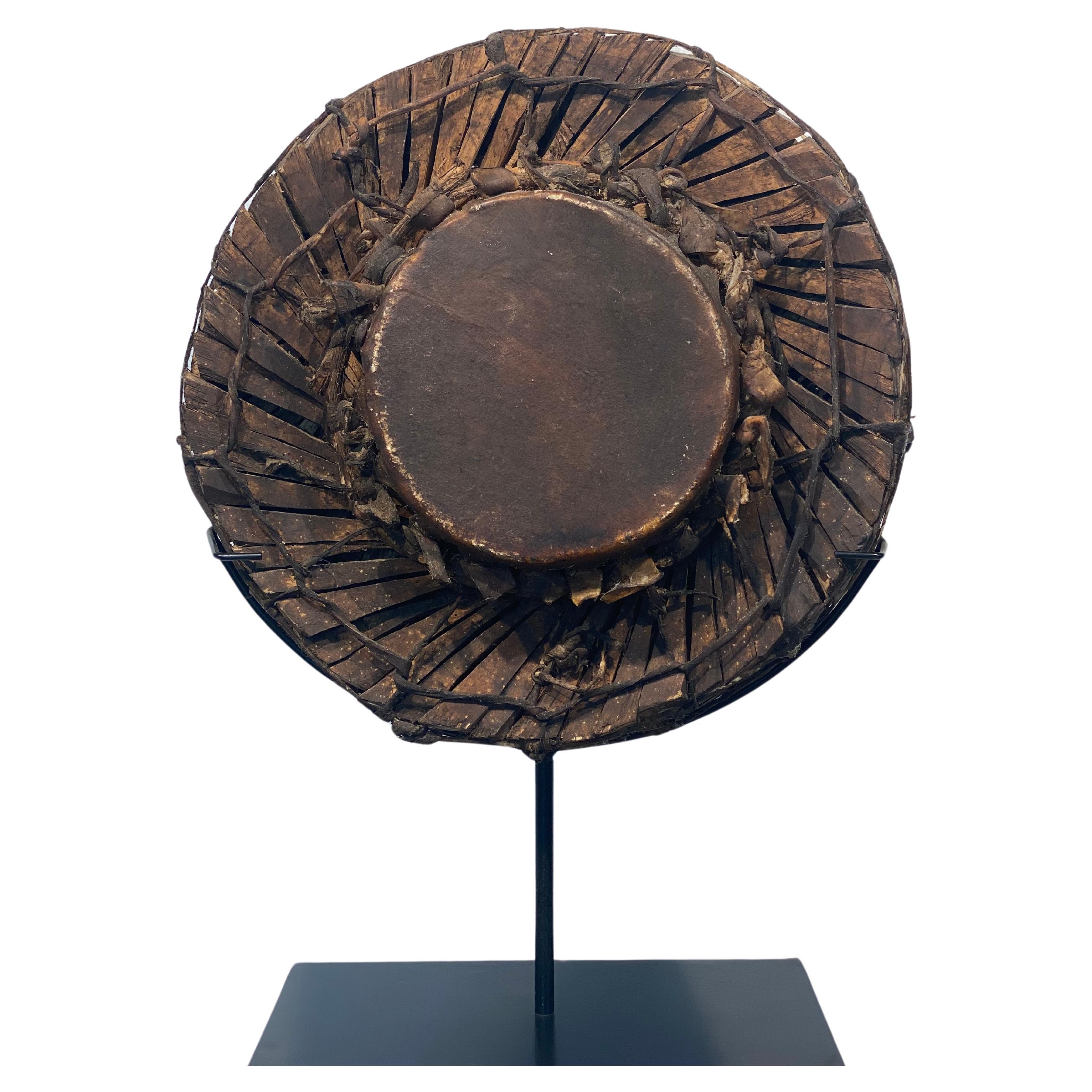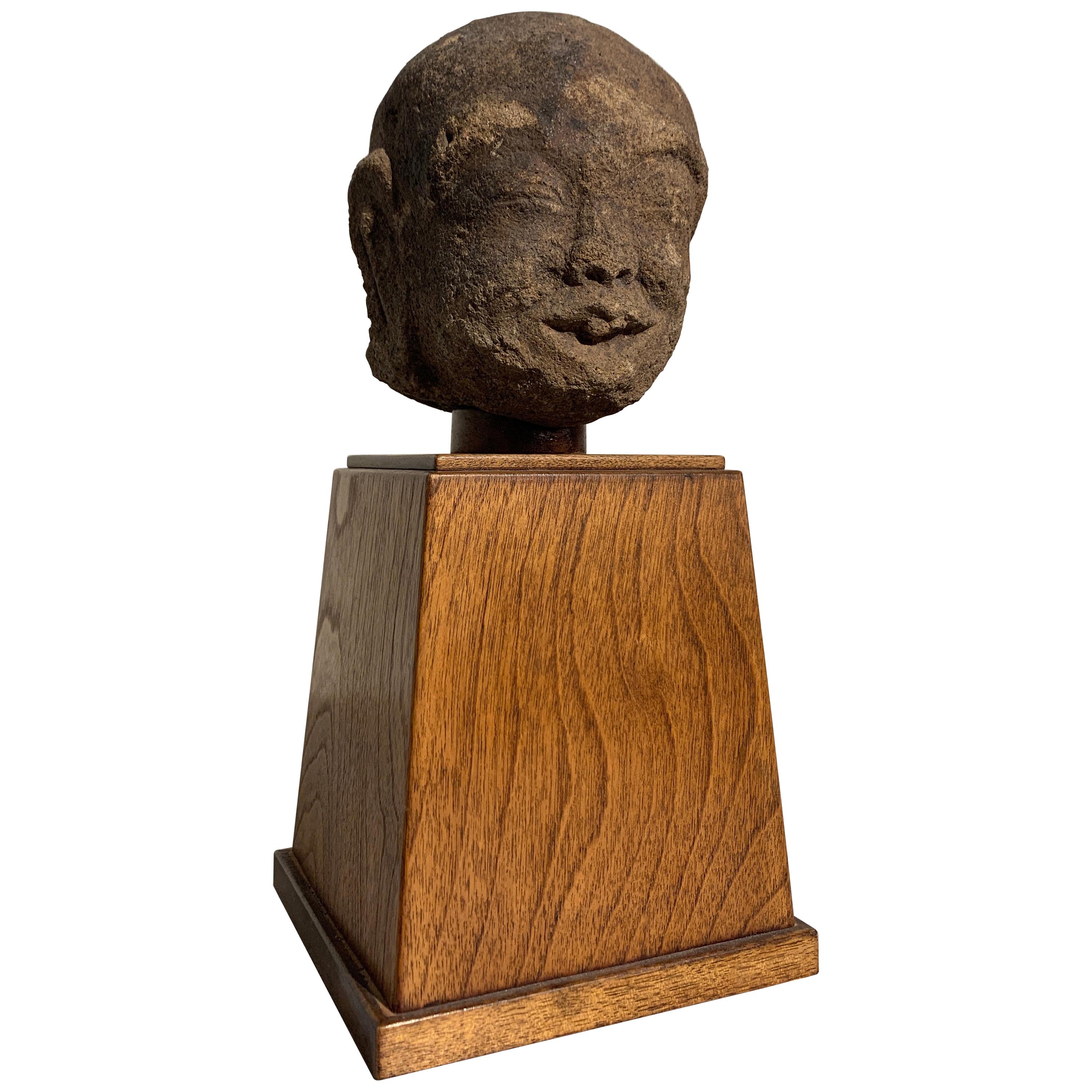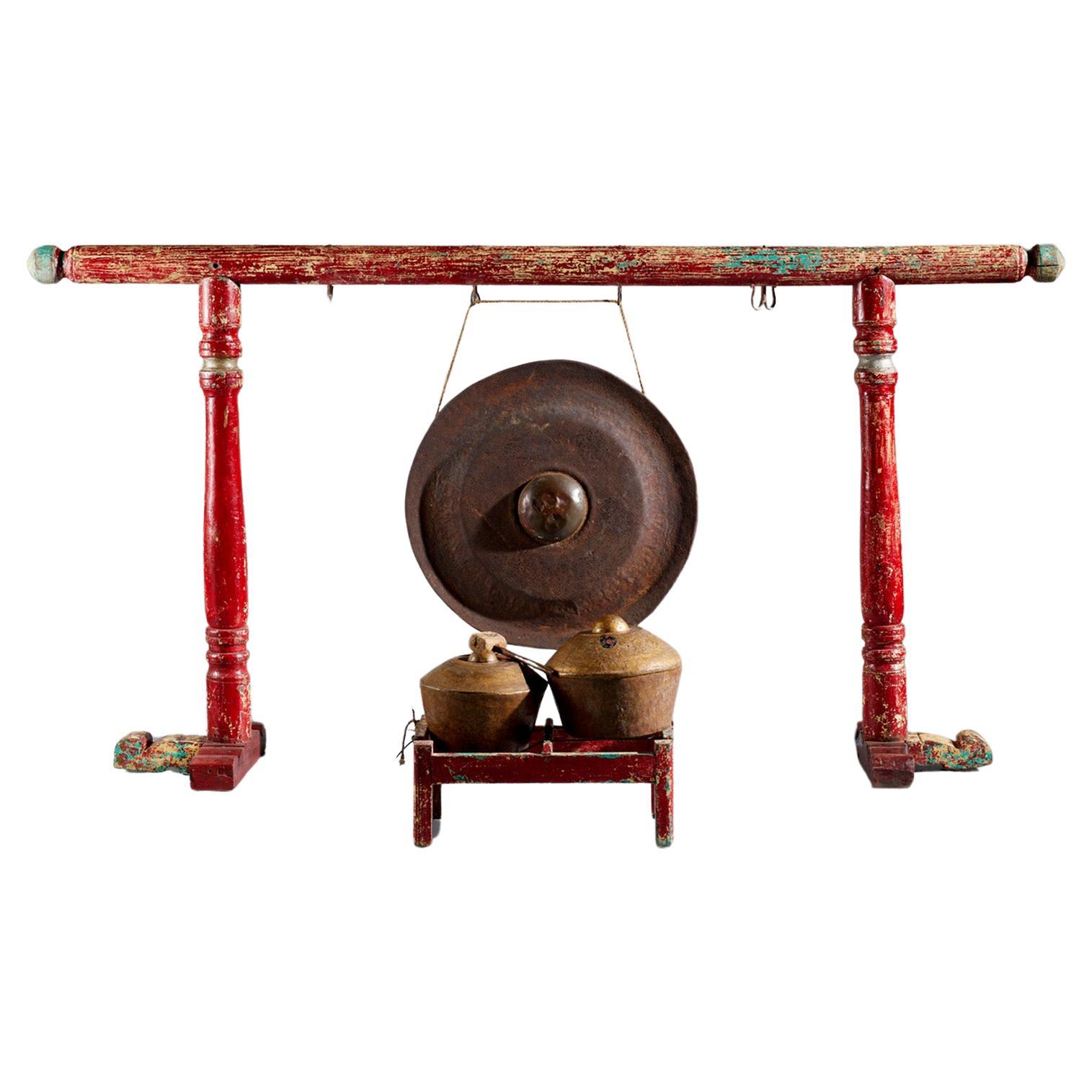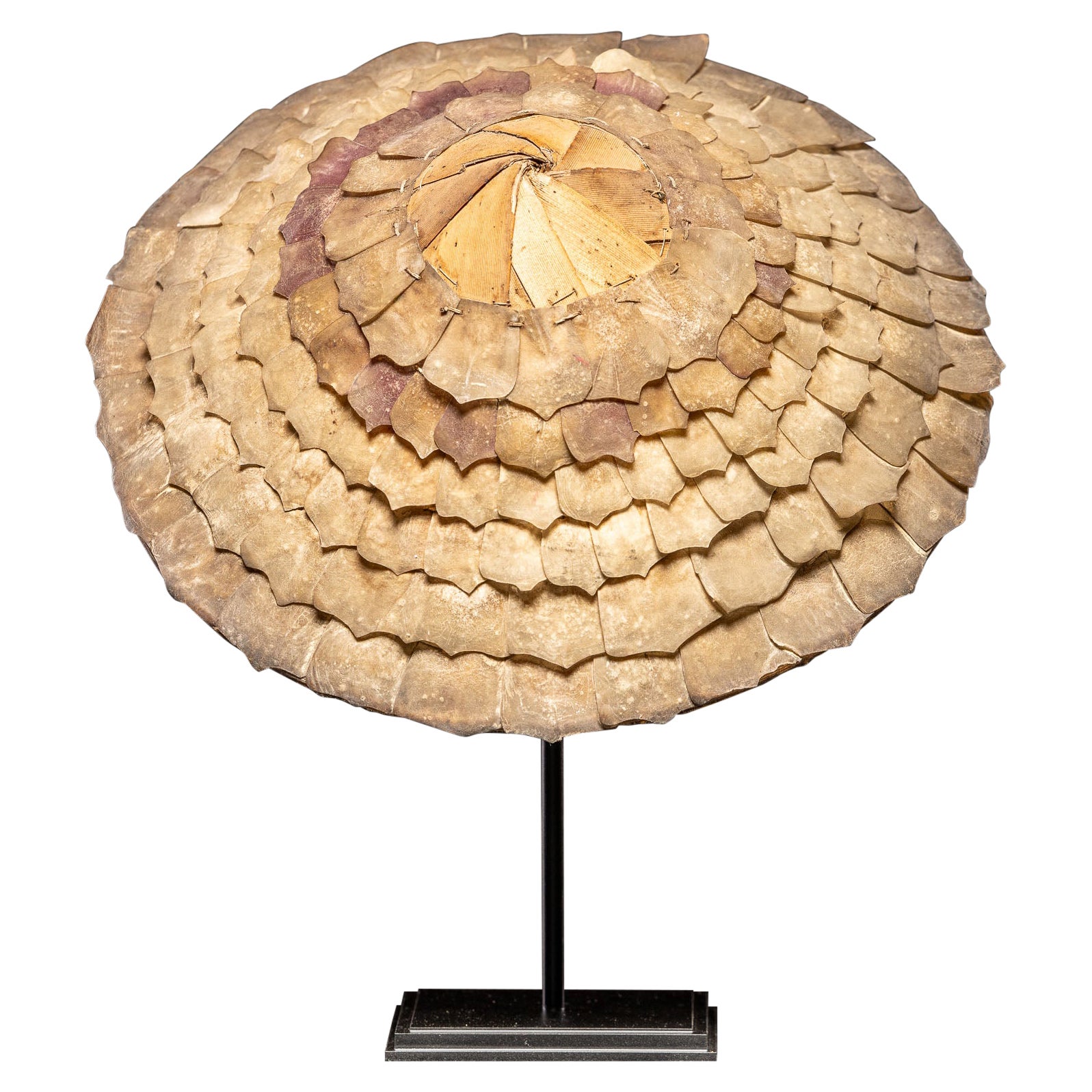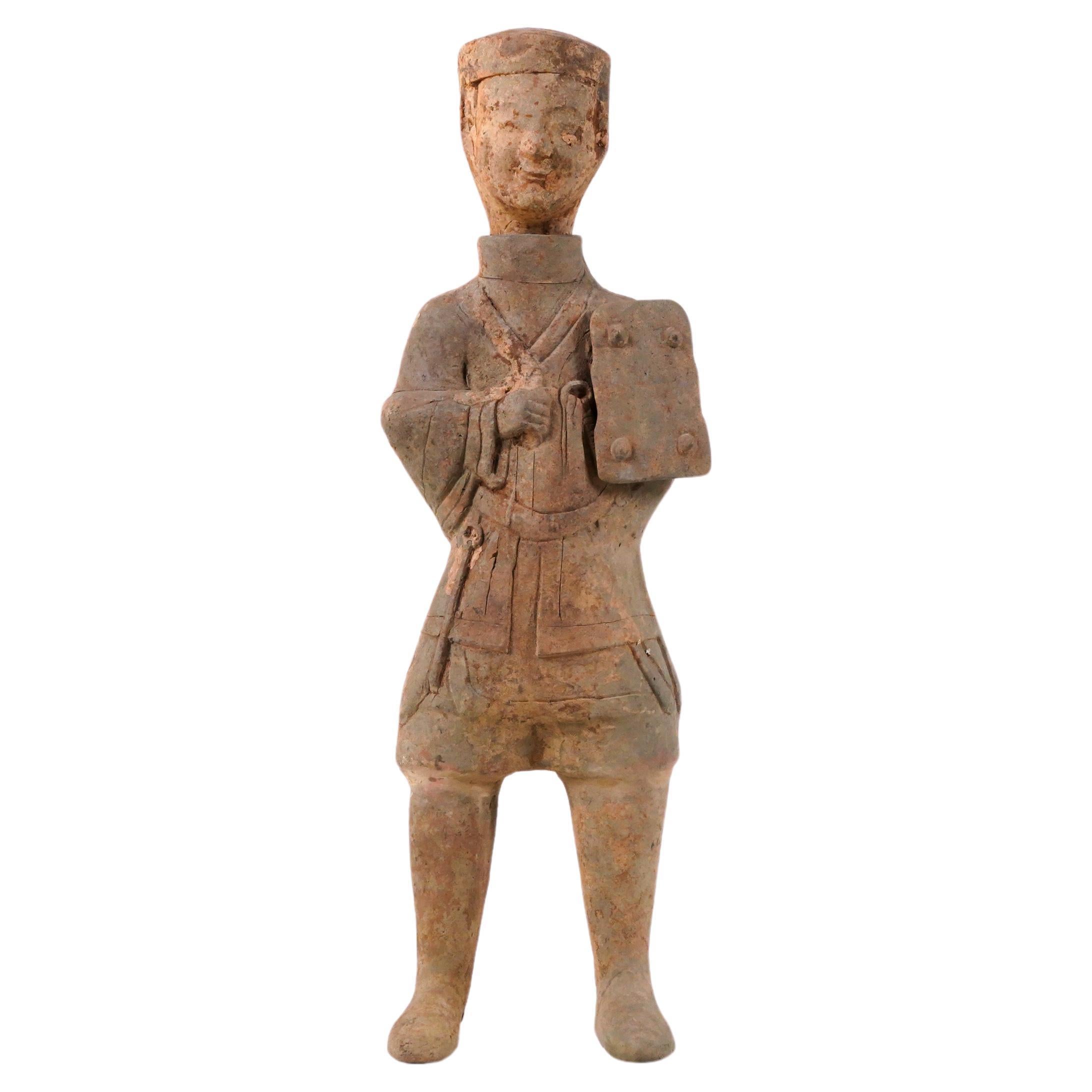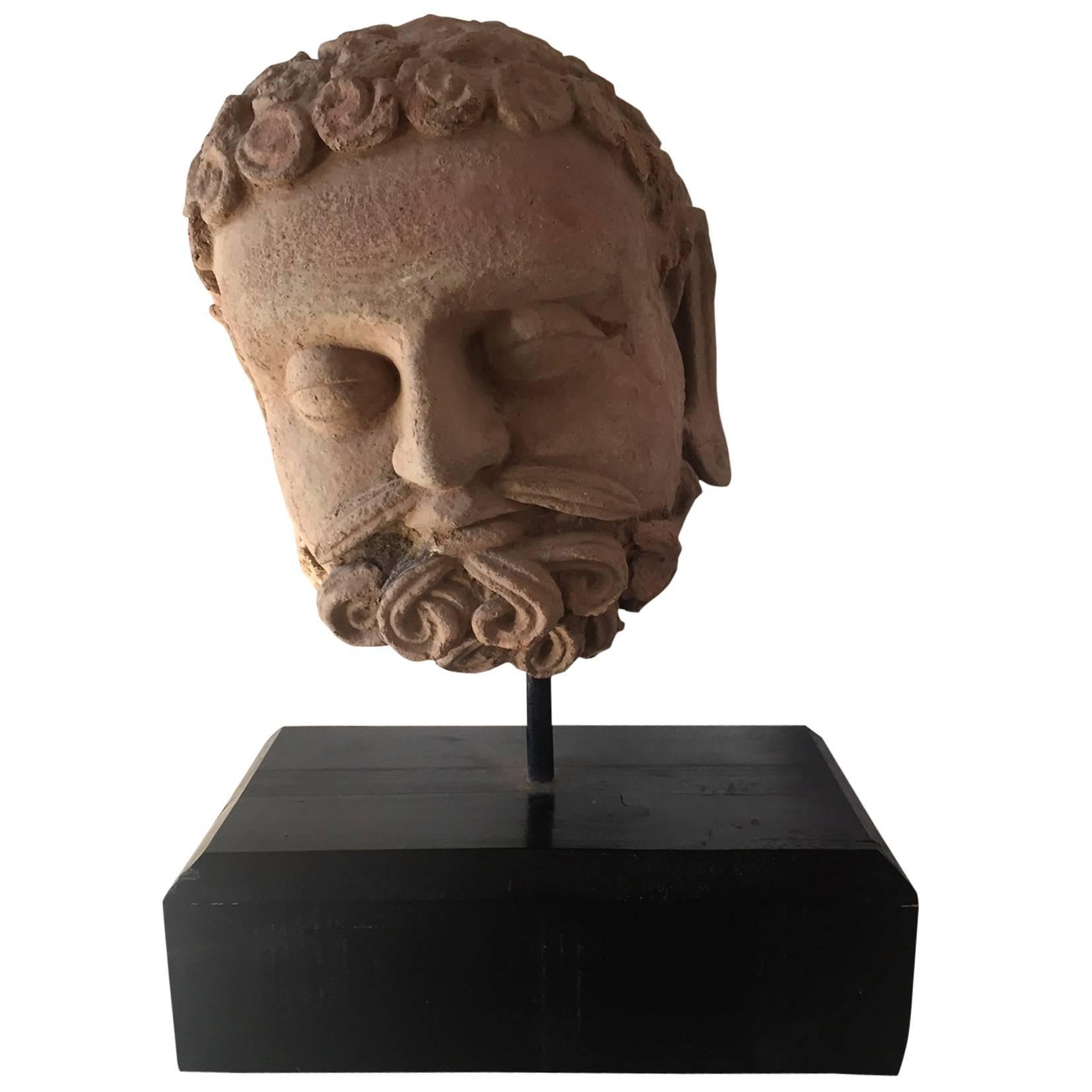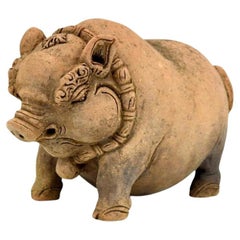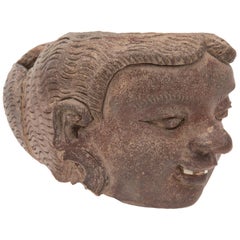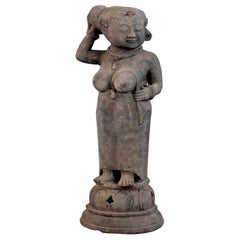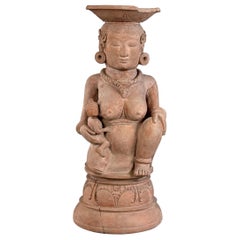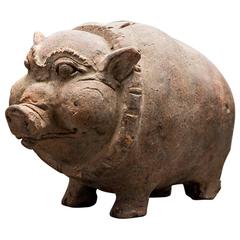
Majapahit Terracotta "Piggy Bank" from Indonesia
View Similar Items
1 of 3
Majapahit Terracotta "Piggy Bank" from Indonesia
$8,279List Price
About the Item
- Dimensions:Height: 7 in (17.78 cm)Width: 12 in (30.48 cm)Depth: 5 in (12.7 cm)
- Materials and Techniques:Terracotta,Fired
- Place of Origin:
- Period:
- Date of Manufacture:14th Century
- Condition:
- Seller Location:Beverly Hills, CA
- Reference Number:Seller: AM.01031stDibs: LU232335855163
Authenticity Guarantee
In the unlikely event there’s an issue with an item’s authenticity, contact us within 1 year for a full refund. DetailsMoney-Back Guarantee
If your item is not as described, is damaged in transit, or does not arrive, contact us within 7 days for a full refund. Details24-Hour Cancellation
You have a 24-hour grace period in which to reconsider your purchase, with no questions asked.Vetted Professional Sellers
Our world-class sellers must adhere to strict standards for service and quality, maintaining the integrity of our listings.Price-Match Guarantee
If you find that a seller listed the same item for a lower price elsewhere, we’ll match it.Trusted Global Delivery
Our best-in-class carrier network provides specialized shipping options worldwide, including custom delivery.You May Also Like
Javanese Clay Terracotta Piggy Bank from the Majapahit Kingdom (1292-1520)
Located in Point Richmond, CA
The first money-depositing object in the shape of a pig emerged in Java, Indonesia in the 14th century with the introduction of coins from China. Javanese Boars (Celeng)in the Majapa...
Category
Antique 15th Century and Earlier Indonesian Other Ceramics
Materials
Clay
Artefact, Majapahit Terracotta Expressive Head, Java, 1300 AD
Located in Antwerp, BE
A figurative construction ceramic probably a water collector simply modeled, this head is very expressive and the details can clearly be seen.
The Trowulan archaeological site, approximately 100 square kilometres, located in the Mojokerto Regency is believed to contain the remains of what was once the capital city of the Majapahit Empire, featured by 14th century poet Mpu Prapanca in his poem Nagarakretagama. The city was razed during a fight between Girindrawardhana and Kertabhumi in 1478. The Trowulan site is the only archaeological site dating to the Hindu-Buddha classical age to be found in Indonesia. Archaeological remnants and artefacts of the old city in the Trowulan Site were found buried underground as well as on the surface and are still being found today.rtefact:Majapahit terracotta...
Category
Antique 15th Century and Earlier Javanese Folk Art Ceramics
Materials
Ceramic
$5,124 Sale Price
20% Off
15th Century Majapahit Terracotta Handmaiden Figure (Woman Holding Her Hair)
Located in Bagnolo Mella, Brescia
The sculpture captures a moment of serene grace, as the woman delicately holds her hair with her right hand, exuding an air of elegance rarely found in similar works. What makes this piece particularly unique is its unusual coloration: unlike most terracotta figures, which typically exhibit reddish-brown tones, this figure has darkened over time to a striking grey-black-brown hue. This transformation occurred due to centuries of submersion in the mud of the Brantas River, where the natural elements enriched the statue with its distinct coloration (refer to the photos of discoveries during the extraction of other statues, as seen on pages 16-17 of the catalog).
Originating from the Trowulan region in East Java, this handmaiden figure is documented on page 161 as figure number 28 in the Majapahit catalog and stands as a rare example of terracotta craftsmanship from this ancient civilization. The piece has been carefully studied and authenticated by Professor Agus Aris Munandar, a distinguished scholar in Indonesian archaeology.
Professor Munandar, born in 1959, is currently the professor of Indonesian Archaeology at the University of Indonesia in Jakarta. His extensive research focuses on Hindu-Buddhist archaeology, iconography, and the ancient history of Indonesia and Southeast Asia. He served as a member of the Indonesian team of experts at National Cultural Heritage from 2015 to 2018 and previously held the role of Head of Institute and Research at the Faculty of Humanities at the University of Indonesia. Now the head of the Department of Archaeology at the University of Indonesia, Professor Munandar has authored numerous articles and 19 books, many of which delve into Majapahit culture and artifacts, solidifying his reputation as a leading scholar in the field.
This extraordinary figure is accompanied by a preface from Professor Massimo Vidale of the University of Padua, who offers invaluable insights into the significance of Majapahit terracotta...
Category
Antique 15th Century and Earlier Javanese Folk Art Antiquities
Materials
Terracotta
15th Century Majapahit Terracotta Handmaiden Figure (Fertile Woman with Child)
Located in Bagnolo Mella, Brescia
Immerse yourself in the captivating legacy of the Majapahit Empire with this rare and beautifully preserved 15th-century terracotta handmaiden figure. Depicting a fertile woman tenderly holding her child, this evocative sculpture symbolizes the deep-rooted cultural values of fertility, family, and domestic protection that were integral to Majapahit society. These figures were often kept in households as guardians of the hearth, believed to bring prosperity and ensure the well-being of the family.
This statue radiates a sense of ancient spirituality and reverence. Its connection to both the sacred and the everyday life of Majapahit culture makes it a fascinating piece for collectors and historians alike.
Hailing from the esteemed Trowulan region in East Java, this rare piece has journeyed through centuries before finding its place in the private collection of Anacleto Spazzapan. Documented in the Majapahit catalog on page 144 as figure number 11, it has been meticulously studied and authenticated by Professor Agus Aris Munandar, a prominent authority in Indonesian archaeology.
Professor Munandar, born in 1959, is currently the professor of Indonesian Archaeology at the University of Indonesia in Jakarta. His extensive research focuses on Hindu-Buddhist archaeology, iconography, and the ancient history of Indonesia and Southeast Asia. He served as a member of the Indonesian team of experts at National Cultural Heritage from 2015 to 2018 and previously held the role of Head of Institute and Research at the Faculty of Humanities at the University of Indonesia. Now the head of the Department of Archaeology at the University of Indonesia, Professor Munandar has authored numerous articles and 19 books, many of which delve into Majapahit culture and artifacts, solidifying his reputation as a leading scholar in the field.
Professor Munandar's endorsement, complemented by a preface from Professor Massimo Vidale of the University of Padua, offers invaluable insights into the religious and decorative significance of Majapahit terracotta...
Category
Antique 15th Century and Earlier Javanese Folk Art Antiquities
Materials
Terracotta
Majapahit Terracotta Horse on Stand, Java, Indonesia, c. 1500
Located in Jimbaran, Bali
This Majapahit horse is crafted from terracota and is mounted on a stand. It was excavated amongst the shrines of Mount Penganggungan, East Java, Indonesia. Terracotta pottery was an...
Category
Antique 15th Century and Earlier Indonesian Other Ceramics
Materials
Terracotta
Pair of Majapahit Kneeling Terracotta Figurines Java, Indonesia, c. 1500
Located in Jimbaran, Bali
A visibly old pair of mold-formed terracota women kneeling, dating to the Majapahit Empire circa the 15th century. These were excavated amongst the shrines of Mount Penganggungan, Ea...
Category
Antique 15th Century and Earlier Indonesian Other Ceramics
Materials
Terracotta
Recently Viewed
View AllMore Ways To Browse
Antique Piggy Bank
Piggy Banks Antique
Majapahit Terracotta
Northern Qi Dynasty
Pottery Dog Han Dynasty
Schist Buddha
Tibetan Prayer Wheel
Wei Horse
Antique Pig Figurine
Antique Slingshot
Bactrian Idol
Gandharan Schist
Geisha Pillow
Han Dynasty Bowl
Khmer Torso
Ancient Luristan Bronze
Chinese Terracotta Army Warriors
Cloisonne Pots Bonsai Trees
